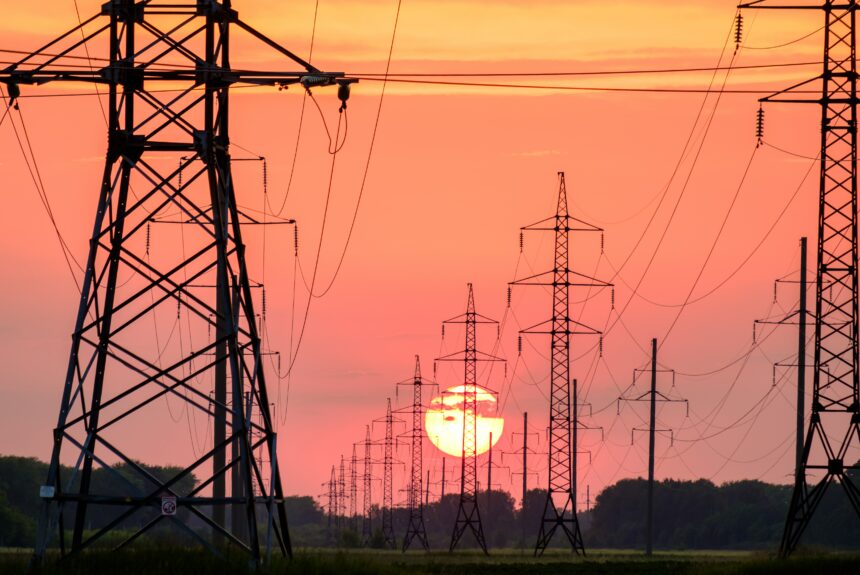America’s aging power grid system has energy experts worried. The U.S. transmission and distribution (T&D) network faces two key challenges: increased demand from energy-intensive technology like data centers and a surge in renewable energy added to the grid. Red tape has slowed down grid improvements for years, leaving us with a T&D network that needs to be modernized and expanded. Until we see widespread grid improvements, we must ask a necessary question: Can we get aging infrastructure to work harder?
Some innovators think the answer is yes. Here are some key proposals to increase existing grid capacity:
Distributed Storage
Battery energy storage systems (BESS) are expanding across the United States—in 2024, the country deployed nearly 12 gigawatts of storage capacity. Utilities are increasingly relying on these systems as backups. Surplus clean energy, such as wind or solar, can be stored when energy demand is low and utilized as demand increases.
These distributed storage systems can bring stability and reliability to the T&D network. Increased clean energy generation has a place to go without overloading the system, and increased power demand can be easily met. Enhanced reliability at the lowest possible cost through renewables combined with battery storage will be most effective when taxpayer-funded tax credits are not distorting investments.
Preemptive Maintenance
When the power grid is already strained, you don’t want to wait for something to fail—grid operators should aim to catch problems before they become disasters by performing preemptive maintenance. VIE Technologies can help operators do just that. The California-based company uses a blend of artificial intelligence (AI) models and sensors to help avoid critical failures of any part of a power grid.
“VIE Technologies is revolutionizing transformer monitoring with the industry’s first non-invasive, AI-powered predictive maintenance solution,” the company explained. “Using advanced IoT sensors, continuous monitoring and condition-based insights, our solutions detect equipment issues well before human operators or traditional methods can.”
Proactive, informed maintenance can help prevent critical shutdowns or major repairs, allowing even aging infrastructure to keep working.
Adapting to Weather Patterns
Weather can have a significant impact on power lines. Extreme weather can knock down power lines and cause outages for days or weeks. Sometimes, however, weather can be helpful for the grid. Wind can help cool down lines and prime them to handle a higher energy load. An Estonia-based company has now developed software to help grid operators utilize wind patterns.
Gridraven is currently expanding into the United States. The company has developed a new joint way of looking at weather models and grid power flow forecasts called Dynamic Line Ratings, which can help increase grid transmission capacity by up to 30 percent without additional infrastructure. “Power lines are limited by overheating,” Gridhaven explained. With the company’s method, wind might become a significant asset in helping increase grid capacity.
Until the United States has a modernized, expanded, and reliable power grid, we have to do our best with what we currently have. These proposals could help meet growing energy demand and increase renewable energy generation, even with our aging grid system.
The views and opinions expressed are those of the author’s and do not necessarily reflect the official policy or position of C3.
